July 25, 2015 – Space has been big in the news in the last week. From the latest Pluto images to the discovery of a potential Earth-twin exoplanet, to new observations about the bright spots on the dwarf planet/asteroid Ceres, to Curiosity’s latest findings. And note we aren’t talking about the latest launch of a human crew to the International Space Station which comparatively seems ho-hum, and yet we know isn’t considering recent supply mission failures by Orion, SpaceX and Roscosmos.
Pluto’s Wonders Amaze
I don’t think any of the scientists involved with New Horizons expected to see Pluto looking the way it does. As new images download to us here on Earth we can observe ice mountains taller than the Rockies (see upper left image in the picture below). We see what appears to be enormous glaciers roaming the landscape (see lower left image). These icy plains look like a dried-out river bed with polygonal shapes separated by what appear to be darker materials in what may very well be crevasses just like those found here on Earth. But other worldly they are because instead of water ice, these glaciers are frozen nitrogen, methane and carbon monoxide. We see stunning nightside images of the dwarf planet with the its 130 kilometer-high atmosphere revealed by the sunlight streaming through it (see lower right). That shot looking back at Pluto was jaw dropping for the New Horizons’ team. And in an enhanced composite color image we see the complex surface of Pluto revealed as never before (see upper right).
Kepler Finds a Planet That Could Be Our Twin
It is a bit of an exaggeration. It is more like an overweight version of Earth some 1,400 light years away. Its star is classified a G2. Our Sun is also a G2. The planet lies within what we call the Goldilocks Zone, a habitable distance from its star where it gets just enough solar energy to ensure that water on the surface is in a liquid state. Called Kepler-452b, the planet is 60% larger in diameter than Earth and if we were living on it we would weigh twice as much.
The Kepler-452 solar system is 1.5 billion years older than ours. The star is 20% brighter and 10% larger than our Sun. And because it has been around for 6 billion years you can begin to imagine what a 1.5 additional billion years could mean in evolution of life and of potential intelligent life.
Kepler has now detected 4,696 exoplanets in the data it collected from 2009 to 2013 before its gyroscopes started going awry. Scientists have yet to exhaust all the accumulated data the robotic mission collected. So we should be expecting to hear about more Earth twins in the coming years.
Note the image below, a comparison of our planet with an artist rendition of Kepler-452b drawn to scale.
Ceres’ Bright Spots Emit a Haze
The mystery of the bright spots on Ceres as seen from the Dawn spacecraft has deepened with the discovery of a haze appearing occasionally above one, a crater named Occator that sports a very large bright patch with a few smaller spots adjacent.
At first some scientists at NASA thought the bright spots could be salt left on the planet’s surface when subsurface water escaped from beneath the crust and evaporated into space. But the haze points to a different explanation. The haze which appears at certain times during Ceres’ day. The haze can be seen from an acute angle. It sits inside the crater not quite topping the rim.
Considering that Ceres is 25% water ice, it shouldn’t be too much of a surprise. But the scientists are cautious in drawing quick conclusions that this is water vapor. The haze will be studied in future orbits using the on board infrared spectrometer.
Curiosity Discovers Bedrock and Silica in the Last Two Weeks
The high levels of silica discovered by the Mars rover means that the planet has rock compounds similar to quartz found here on
Earth. Quartz contains both silicon and oxygen. Finding silica could mean finding ancient organics on the surface. Since NASA names everything that Curiosity examines, this latest finding has been dubbed Missoula (see image below).
But that’s not the only new discovery made by the rover. On July 13, NASA announced it had found what it called an igneous clast, rock that may have been part of Mars’ ancient continental crust. The rock featured large, bright crystals, the kind found here on Earth in great abundance. Up until now most of Mars’ surface has had the same composition as basalt here on Earth. But these new rocks featured crystalline feldspar and possibly quartz, in other words, granite.

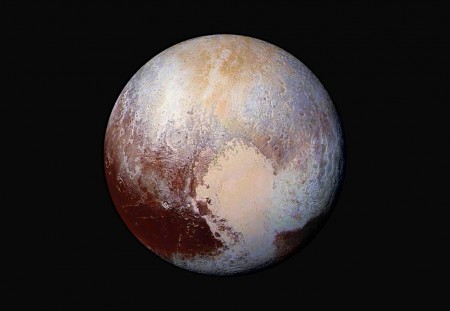
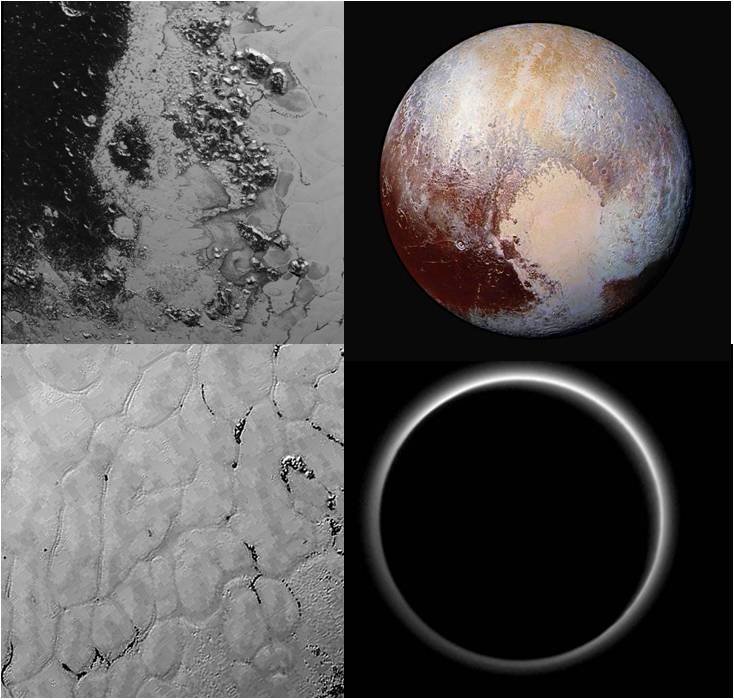
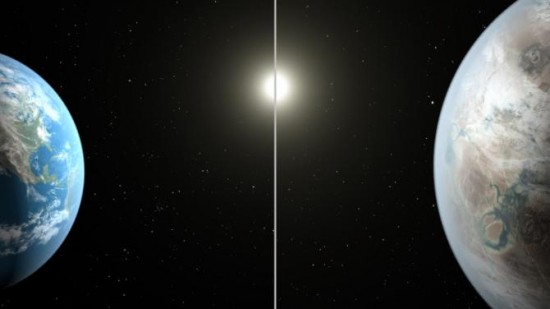
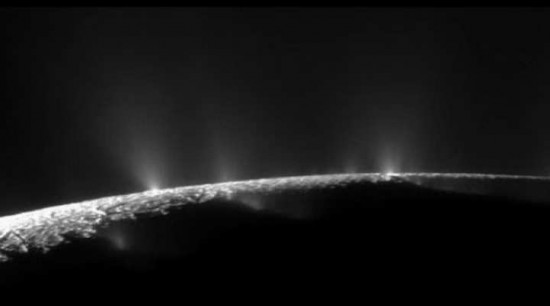
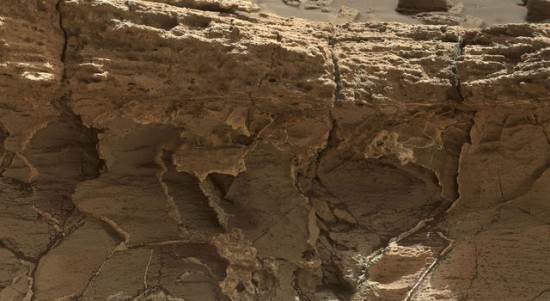















The unattributed image below the article section titled “Ceres’ Bright Spots Emit a Haze” is actually of Saturn’s moon Enceladus, not Ceres.